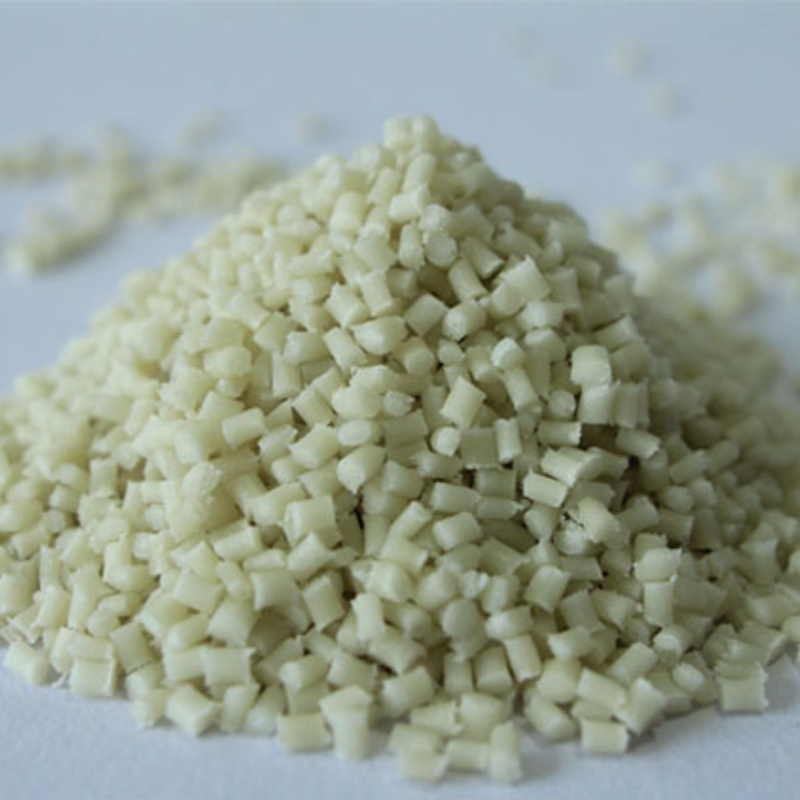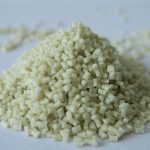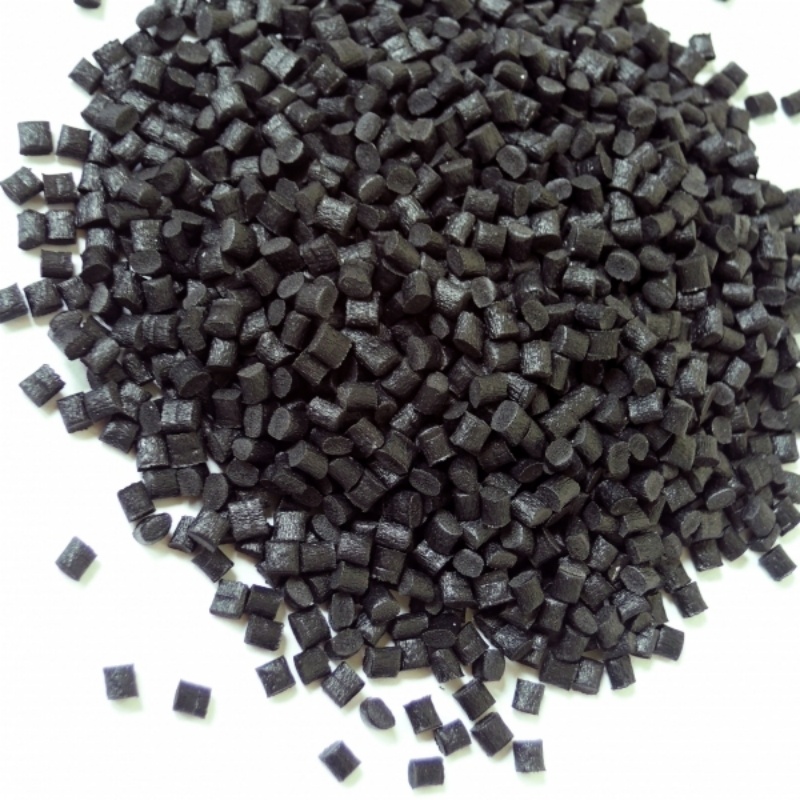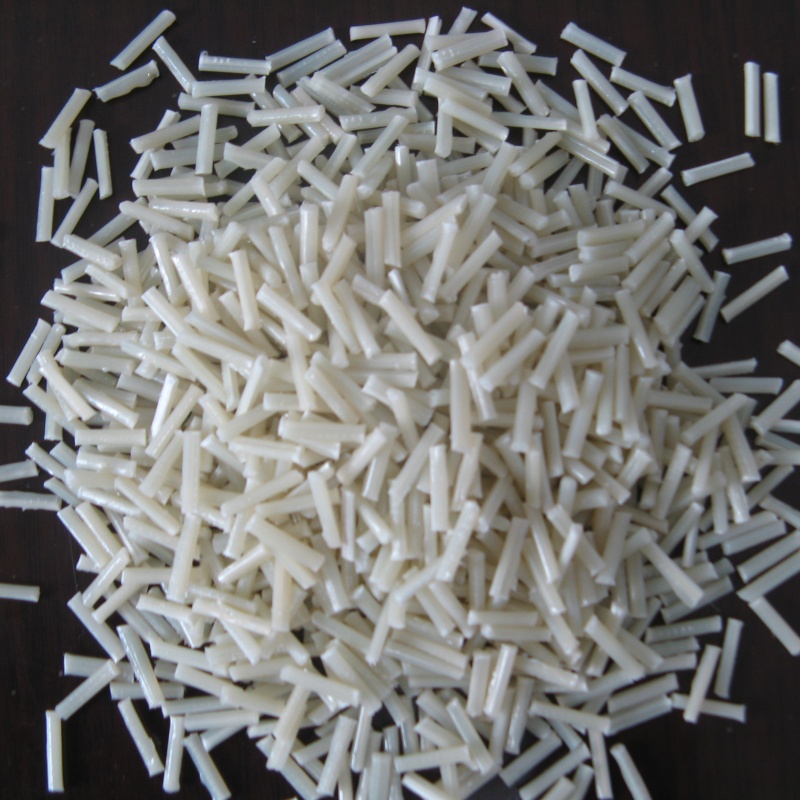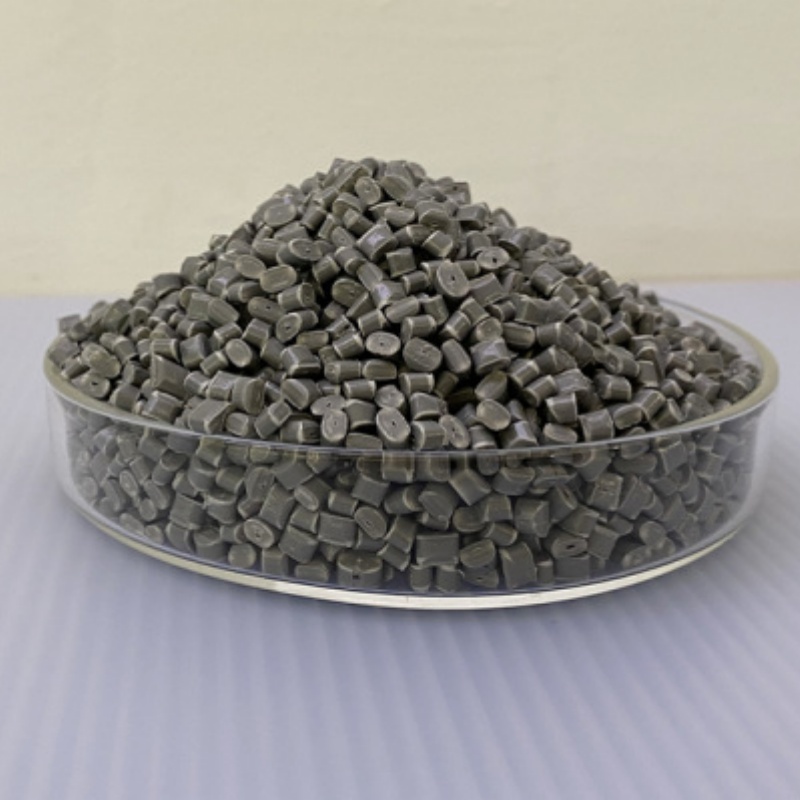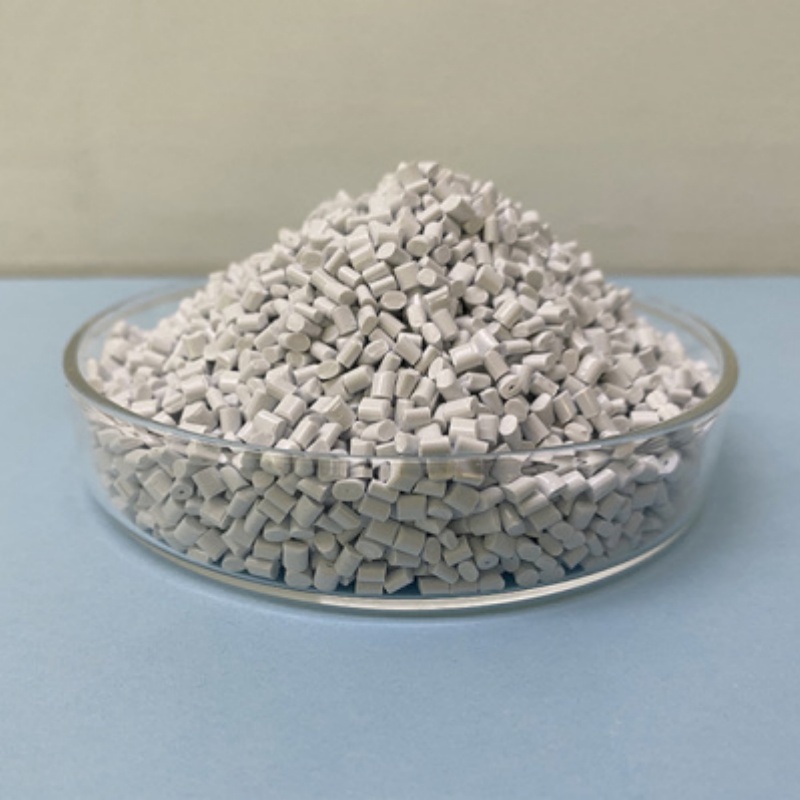Glass Fiber Reinforced AS Material offers enhanced mechanical strength, superior rigidity, and excellent thermal resistance. Designed for automotive, electrical, and industrial applications, it ensures durability, dimensional stability, and long-term reliability.
Product Overview
Glass Fiber Reinforced Nylon (RPA) is a composite material that incorporates glass fiber reinforcement into a nylon substrate. This modification significantly enhances the material's mechanical properties, including high strength, toughness, wear resistance, and corrosion resistance. By reinforcing with glass fiber, the material's rigidity and heat resistance are further improved, making it ideal for applications that require high strength, durability, and wear performance. This material is widely used across industries such as automotive, machinery, electrical, and sports equipment.
Key Features
- High Strength and Toughness: Glass fiber reinforced nylon offers excellent tensile strength and toughness, able to withstand significant pressure and impact.
- Superior Wear Resistance: The material exhibits excellent wear resistance, making it suitable for components subjected to friction in long-term operations.
- Corrosion Resistance: Glass fiber reinforced nylon shows excellent stability in various chemical environments, effectively resisting corrosion.
- Excellent Thermal Stability: The enhanced thermal stability of the material allows it to maintain stable performance in high-temperature environments over long periods.
- Lightweight and High Strength: The material combines low density with high strength, making it ideal for high-performance applications.
- Good Processability: Glass fiber reinforced nylon has excellent flowability, making it suitable for molding processes such as injection molding and extrusion.
Applications
- Automotive Components: Used in automotive parts such as radiator grilles, engine components, and mirror frames, enhancing durability and safety.
- Electrical Industry: Utilized in transformer coil frames, power tool housings, and other electrical components to improve equipment stability and reliability.
- Sports Equipment: Widely used in sports equipment, providing high strength and wear resistance.
- Mechanical Parts: Applied in various mechanical components, enhancing durability and impact resistance.
- Elevator Components: Extensively used in elevator parts, offering corrosion resistance and wear resistance, ensuring stable elevator operation.
| Item | Unit | Standard | G10 | G20 | G30 | G30-I | G45 |
| Tensile Strength | MPa | ISO 527-2 | 105 | 125 | 160 | 150 | 195 |
| Tensile Elongation | % | ISO 527-2 | - | - | - | - | - |
| Flexural Strength | MPa | ISO 178 | 150 | 190 | 220 | 210 | 270 |
| Flexural Modulus | MPa | ISO 178 | 4000 | 5500 | 8000 | 7000 | 10000 |
| Charpy Notch Impact | KJ/m² | ISO 179-1 | 8.5 | 12 | 15 | 28 | 18 |
| Izod Notch Impact | KJ/m² | ISO 180 | 8 | 11 | 14 | 25 | 19 |
| Mass Density | g/cm³ | ISO 1183 | 1.2 | 1.28 | 1.37 | 1.36 | 1.53 |
| Heat Deflection Temperature | ℃ | ISO 75 | 190 | 220 | 220 | 215 | 220 |
| Shrinkage For Injection Molding | % | GB/T-15585 | 0.4-0.8 | 0.2-0.6 | 0.2-0.6 | 0.2-0.6 | 0.2-0.5 |
| Characteristics | General | General | General | Impact-Resistant | High Rigidity |
 new material
new material

